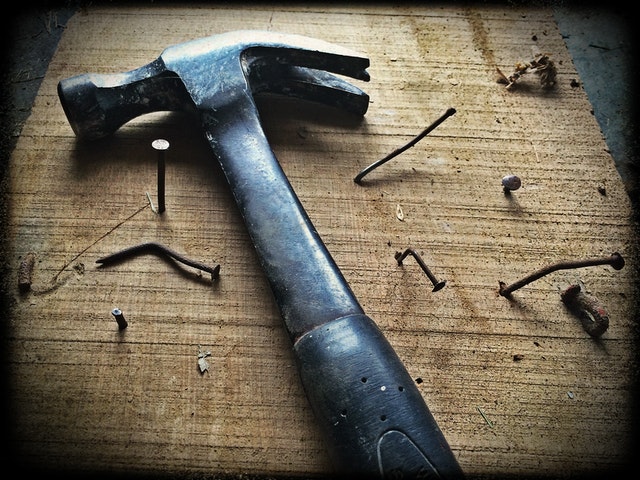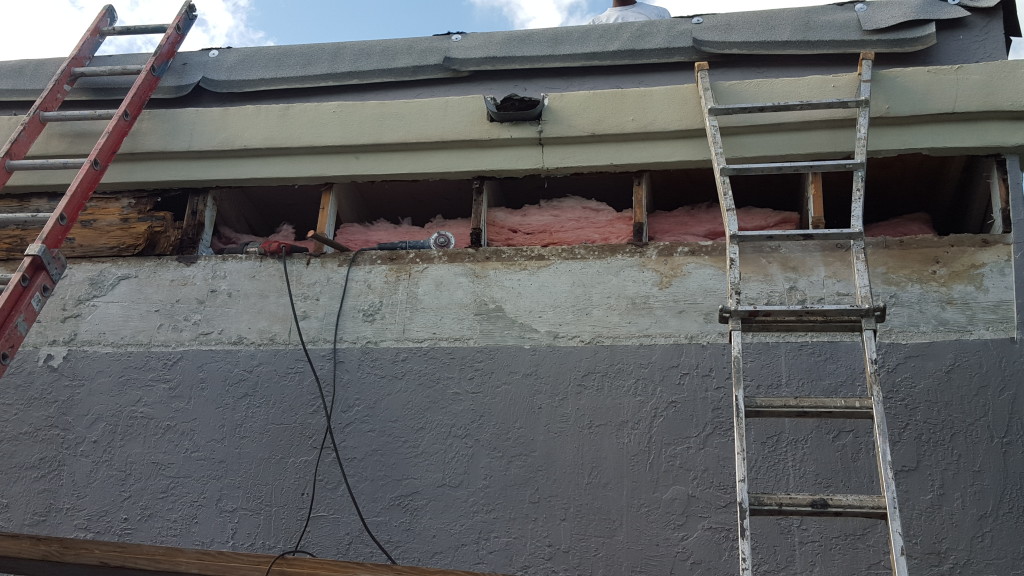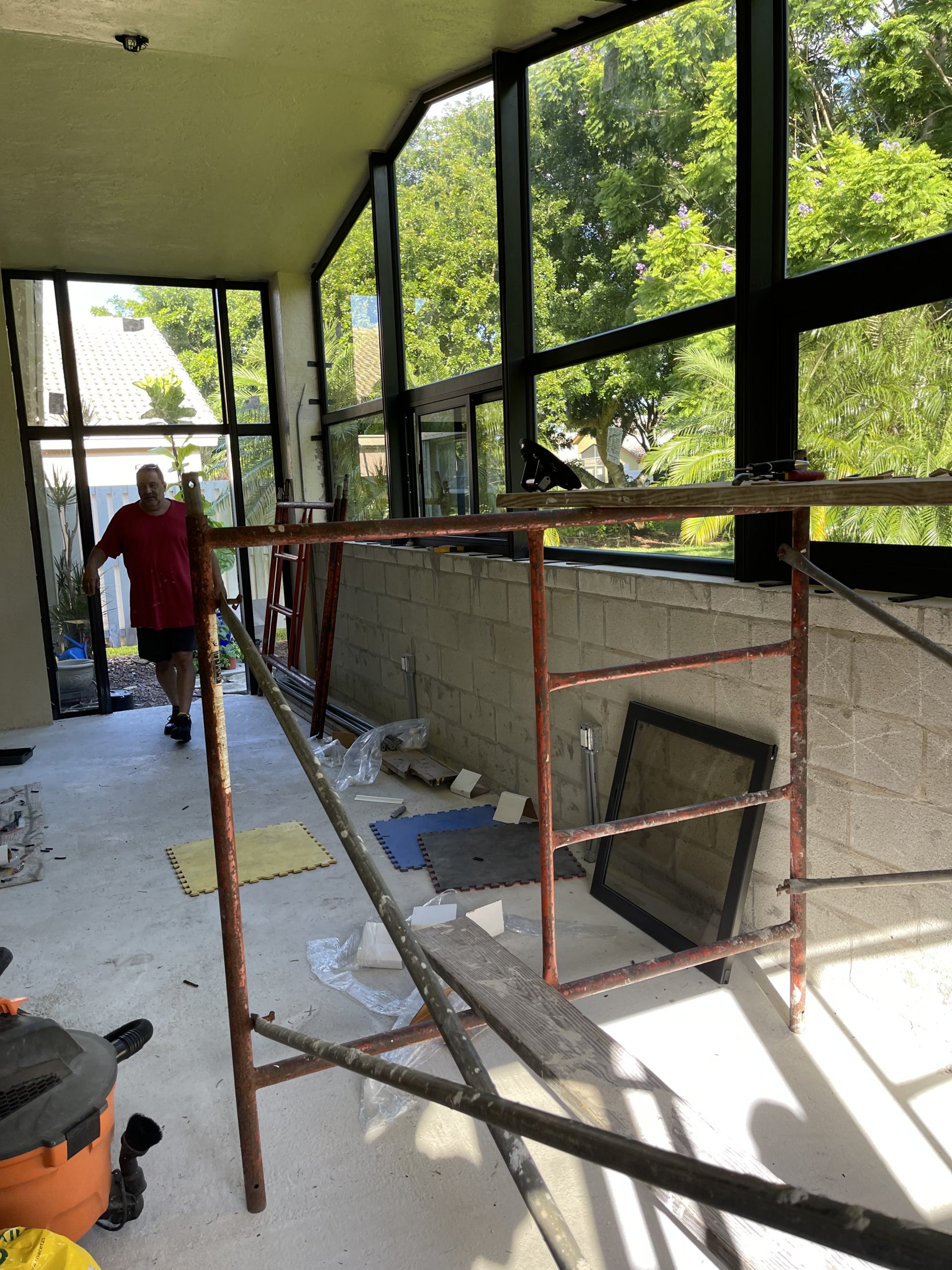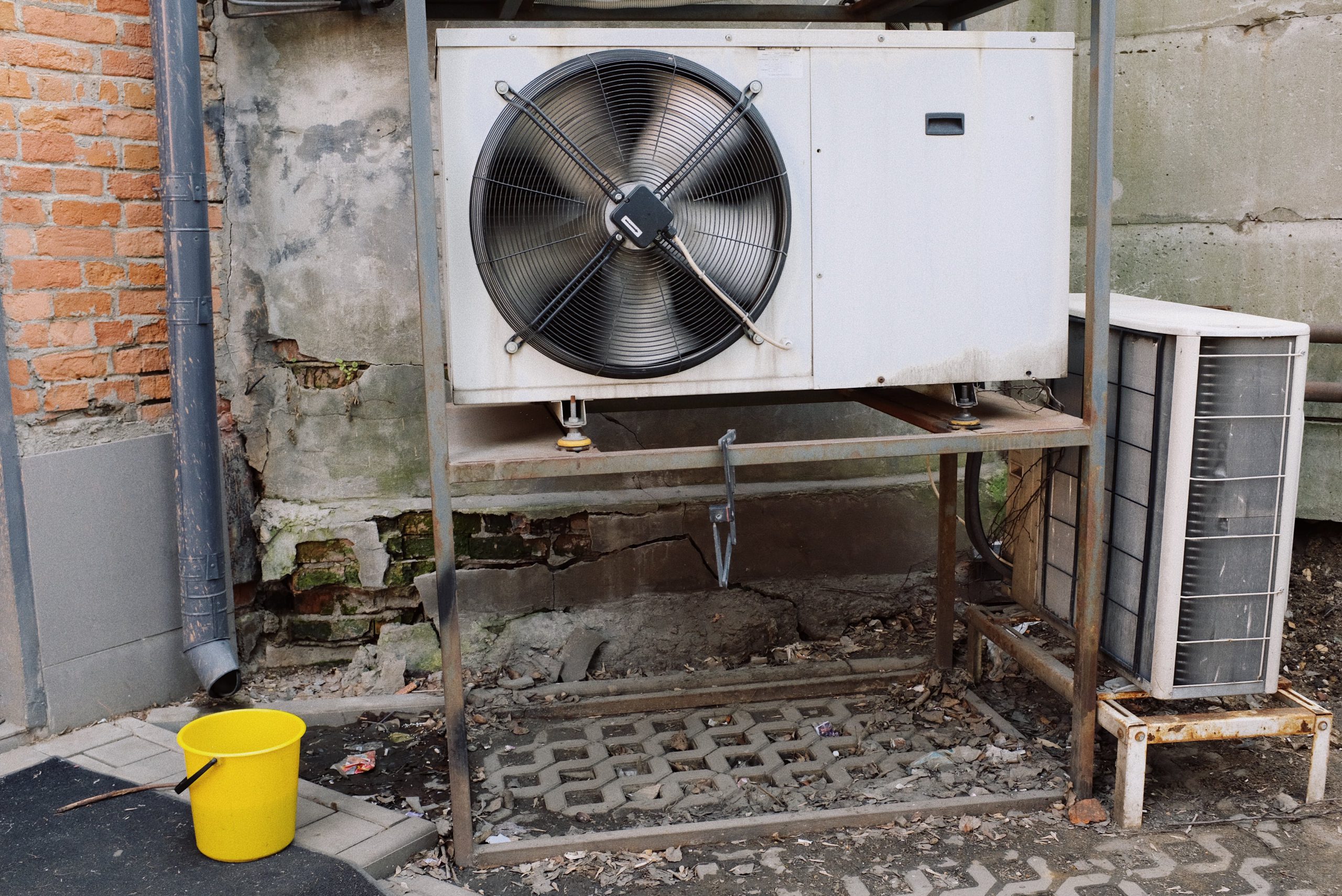 Building maintenance is a critical aspect of ensuring the longevity, safety, and functionality of any structure, whether it's a residential home, commercial building, or industrial facility. A well-planned and regularly executed maintenance program can prevent costly repairs, enhance energy efficiency, and create a comfortable and safe environment for occupants. One of the essential tools for effective building maintenance is a comprehensive maintenance checklist. In this guide, we will explore the importance of building maintenance checklists, their components, and how to create and implement them.
Building maintenance is a critical aspect of ensuring the longevity, safety, and functionality of any structure, whether it's a residential home, commercial building, or industrial facility. A well-planned and regularly executed maintenance program can prevent costly repairs, enhance energy efficiency, and create a comfortable and safe environment for occupants. One of the essential tools for effective building maintenance is a comprehensive maintenance checklist. In this guide, we will explore the importance of building maintenance checklists, their components, and how to create and implement them.
The Significance of Building Maintenance Checklists
Maintenance checklists are structured documents that list various tasks, inspections, and maintenance activities that need to be performed regularly to keep a building in optimal condition. These checklists serve as valuable tools for building owners, property managers, facility maintenance teams, and contractors. Here are some key reasons why building maintenance checklists are crucial:
1. Preventive Maintenance:
Preventive maintenance is a proactive approach to building upkeep. Regularly scheduled tasks, as outlined in the checklist, can help identify and address minor issues before they escalate into major problems. This approach saves both time and money in the long run.
2. Safety:
Ensuring the safety of occupants is a top priority for any building. A maintenance checklist helps identify safety hazards, such as faulty electrical systems, loose handrails, or slippery floors, and facilitates timely repairs.
3. Compliance:
Many buildings are subject to regulations and codes that mandate specific maintenance requirements. A checklist helps ensure that these requirements are met, reducing the risk of fines or legal issues.
4. Energy Efficiency:
Proper maintenance can significantly impact a building's energy efficiency. Regular inspections of HVAC systems, insulation, and windows can help identify areas for improvement, leading to energy cost savings.
5. Asset Protection:
Buildings are significant investments. Maintenance checklists protect this investment by extending the lifespan of building components, such as roofing, plumbing, and electrical systems.
Components of a Building Maintenance Checklist
A well-structured building maintenance checklist covers various aspects of building upkeep. Here are the key components typically included:
1. Exterior Maintenance:
- Roof inspection for leaks, damage, or debris.
- Gutter and downspout cleaning.
- Inspection of siding, windows, and doors for damage or wear.
- Check for cracks or damage to the foundation and walls.
- Landscaping maintenance (trimming, pruning, weeding).
- Inspection of parking areas and walkways for cracks or potholes.
2. Interior Maintenance:
- HVAC system inspection and filter replacement.
- Plumbing system checks for leaks, clogs, or water pressure issues.
- Electrical system inspection, including outlets, switches, and lighting.
- Inspection of fire safety equipment (smoke detectors, fire extinguishers).
- Testing and maintenance of elevators, if applicable.
- Inspection of interior finishes (walls, ceilings, floors) for damage or wear.
- Inspection of common areas and amenities (for commercial or multifamily buildings).
3. Safety and Security:
- Check and test security systems (alarms, cameras, access control).
- Inspection of fire suppression systems (sprinklers).
- Testing emergency lighting and exit signs.
- Inspection of stairwells and emergency exits for obstruction or damage.
4. Environmental Systems:
- Inspection of water heaters and boilers.
- Regularly scheduled pest control measures.
- Inspection of ventilation systems, including ductwork and filters.
- Testing and maintenance of any environmentally friendly systems (solar panels, rainwater harvesting).
5. Regular Cleaning:
- Scheduled cleaning of common areas, restrooms, and kitchens.
- Carpet cleaning and maintenance.
- Window cleaning and maintenance.
- Garbage and recycling collection and disposal.
6. Documentation:
- Keeping detailed records of all maintenance activities, including dates, tasks performed, and any issues identified.
- Recordkeeping for compliance purposes.
How to Create and Implement a Building Maintenance Checklist
Creating and implementing a building maintenance checklist is a structured process that involves several steps:
1. Identify Building Components:
Start by identifying all the critical components and systems in your building that require maintenance. This may include structural elements, mechanical systems, electrical systems, safety equipment, and more.
2. Establish Maintenance Intervals:
Determine how often each component or system needs maintenance. Some tasks may be daily, weekly, monthly, quarterly, or annually. Create a schedule based on manufacturer recommendations, industry best practices, and your specific building's needs.
3. List Maintenance Tasks:
For each component or system, list the specific maintenance tasks that need to be performed during each maintenance interval. Be detailed and include inspection points, cleaning procedures, and any necessary repairs.
4. Assign Responsibilities:
Clearly define who is responsible for each maintenance task. Depending on the complexity of the building and your resources, this may involve in-house maintenance teams, external contractors, or a combination of both.
5. Develop Documentation Procedures:
Establish a system for documenting all maintenance activities. This includes recording the date, details of the task performed, any issues identified, and whether repairs or replacements were necessary.
6. Implement a Tracking System:
Utilize technology or software to track maintenance tasks and schedule reminders. This ensures that tasks are completed on time and that no important maintenance activities are missed.
7. Regularly Review and Update:
Maintenance needs can change over time due to factors like aging equipment or evolving building usage. Regularly review and update your checklist to ensure it remains relevant and effective.
8. Training and Communication:
Ensure that personnel responsible for maintenance tasks are adequately trained and informed about their responsibilities. Effective communication is crucial for successful maintenance management.
Conclusion
A well-structured building maintenance checklist is an indispensable tool for property owners, managers, and maintenance teams. It promotes preventive maintenance, enhances safety, and protects the value of the building. By following the steps outlined in this comprehensive guide, you can create and implement a maintenance checklist tailored to your specific building's needs. Regular maintenance not only ensures the longevity and functionality of the structure but also contributes to a safe and comfortable environment for its occupants.










